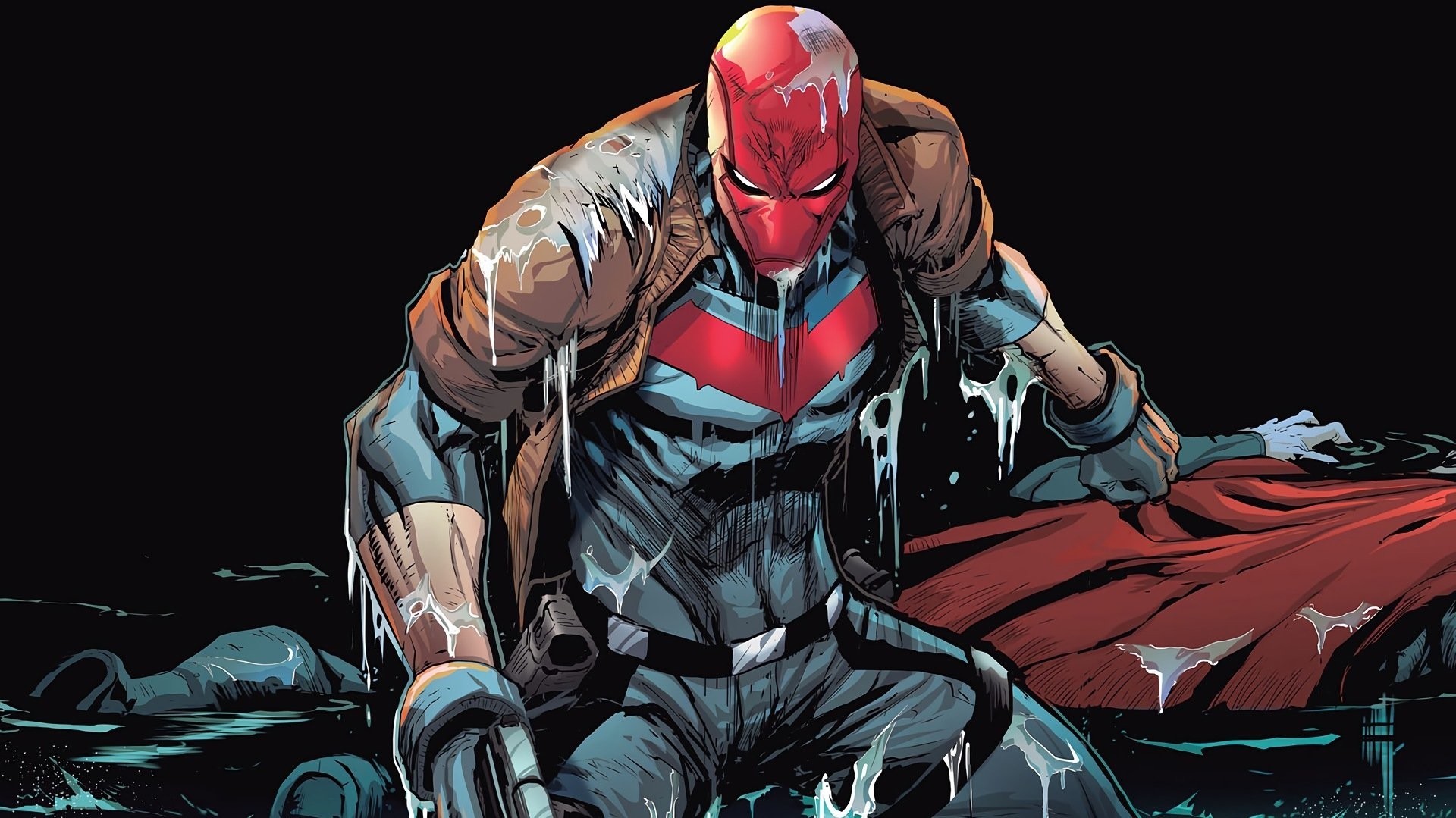Table of Contents Show
For a comic book character whose death was voted for by fans, Jason Todd has found a surprising amount of popularity over the years. He’s had a consistent title series in “Red Hood And The Outlaws,” got his own animated movie, starred in games like Injustice (and is set to be a main character in the upcoming Gotham Knights), and even appears in the live-action show Titans. It’s clear that Jason Todd has become one of DC’s most beloved anti-heroes.
And yet, how did this happen? As Robin, Jason Todd was hated to the extent that fans called in just to see Batman’s usually cheerful, child side-kick beaten to death with a crowbar. As the reincarnated Red Hood, though, Jason Todd has changed enough as a character to win the favor of readers in a way he couldn’t before. Here are a few reasons why Jason Todd’s transformation into the Red Hood has made him a better, more relatable character.
A Catalyst For Change In Gotham
Something about the concept of a Robin being viciously murdered is incredibly cynical and disturbing. And, in a sick way, it makes for a fascinating story. Robin is meant to balance Batman, stop him from being a complete brooding edgelord, and add much-needed levity when needed (Batman’s life and Batman comics in general). To lose that symbol of hope is nothing less than a tragedy, so it’s no surprise that Jason’s death forever changed Batman’s character.
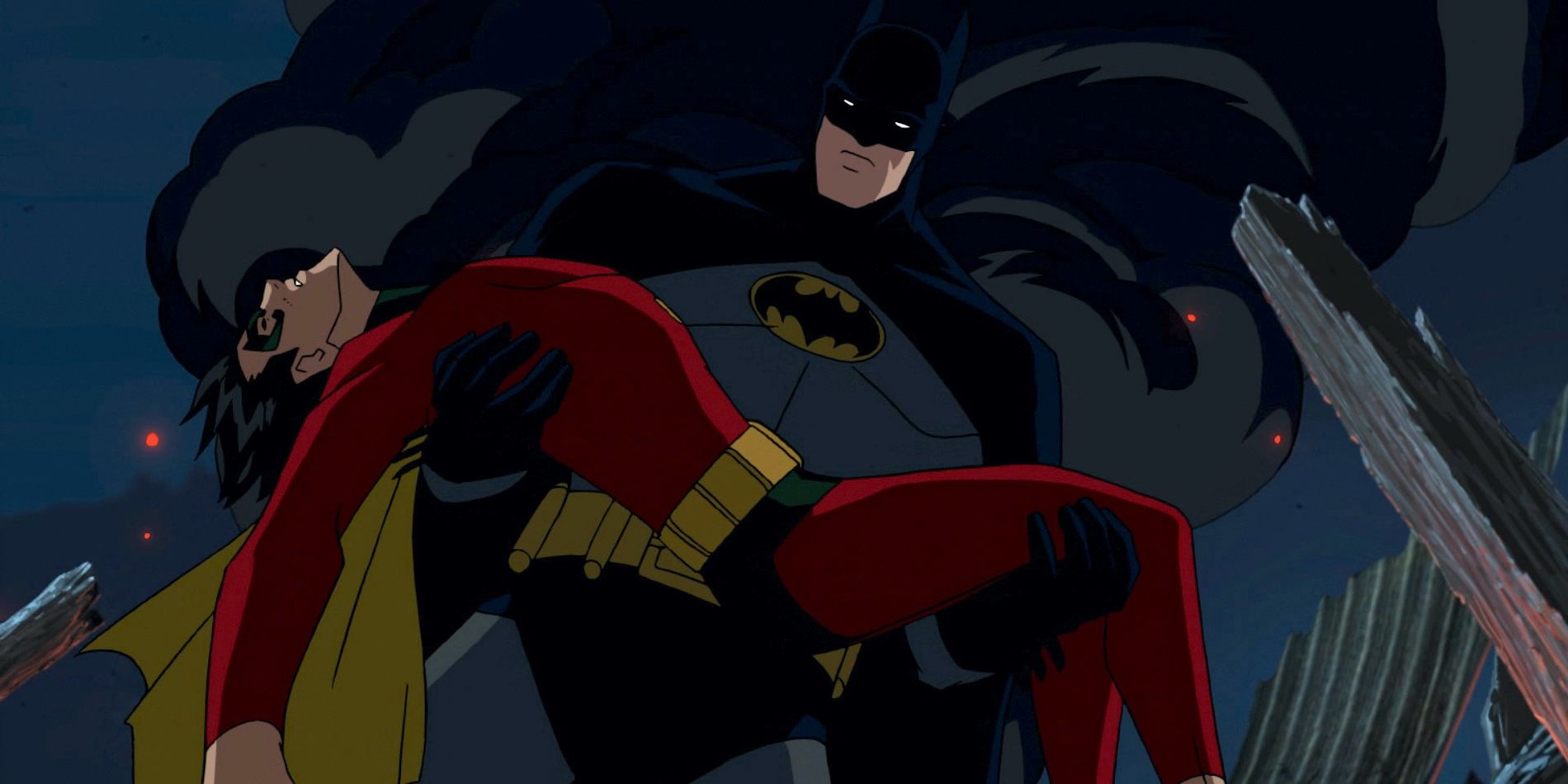
Jason Todd’s death made Batman’s character exponentially more interesting and believable. Death in comics is cheap, so Jason being thought of as a “permanent” death for so long added a genuine sense of danger to Gotham. Batman had to accept help from those like Alfred and the next Robin, Tim Drake, with the knowledge that they would inherently be in the same danger that got Jason killed. Jason’s death added real stakes to Batman’s vigilantism.
It also proved that Batman was not infallible and motivated Batman in new ways. Batman now had a “greatest failure” to carry on his shoulders and the trauma of losing someone akin to his son that followed. Jason Todd’s death became something that defined Batman and cleared the way for darker Batman stories, in which he had more reason to brood and to react violently to criminals. Readers got touching moments such as Batman looking solemnly at Jason’s old costume in the Batcave or Jason’s likeness being used against him in Batman: Hush.
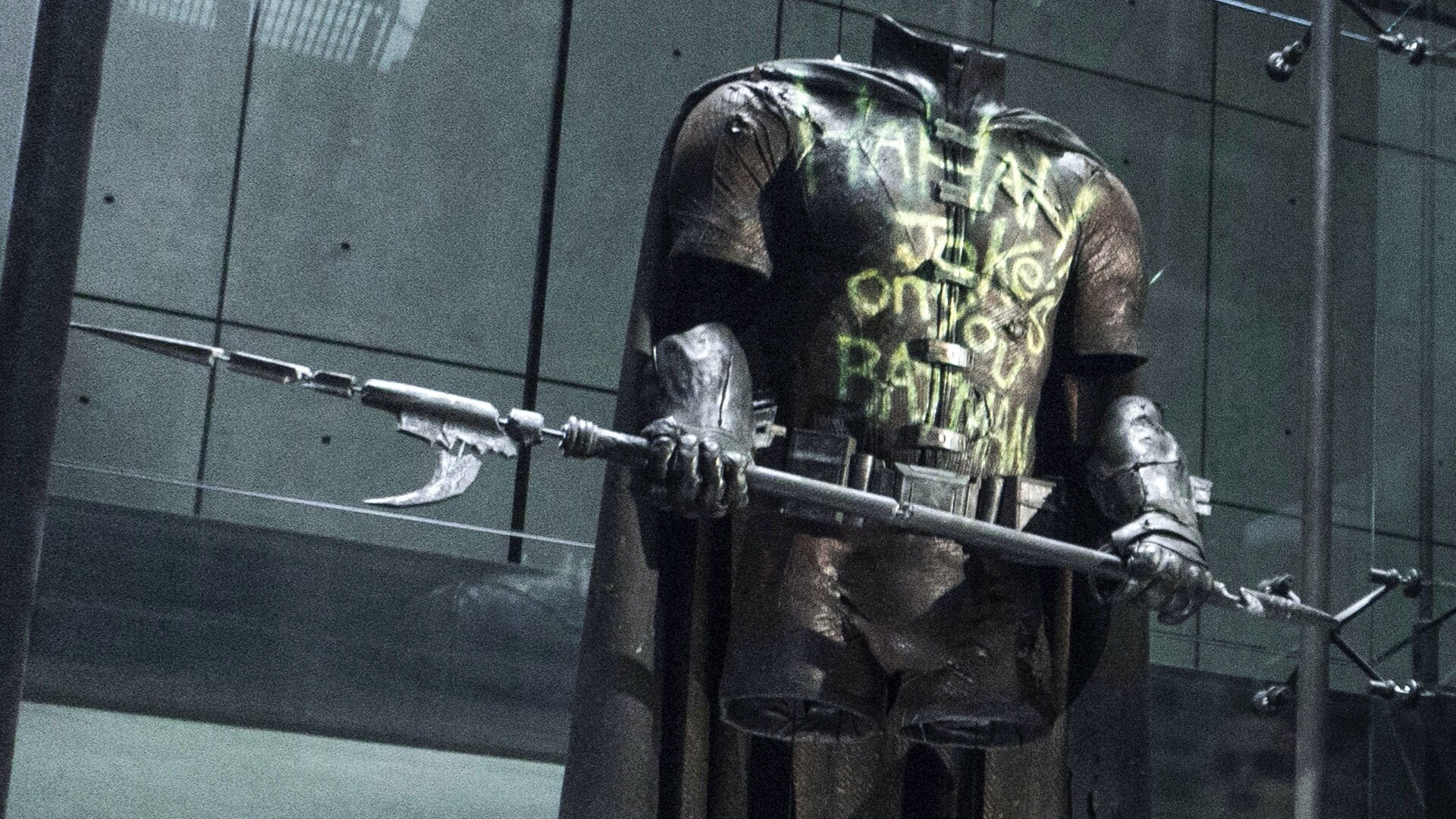
By killing Jason, the Joker became a more formidable villain as well. Jason’s death connected him to Batman more intimately and gave Batman the best possible motive to oppose the Joker. Sure, Batman already has reason to despise the Joker for being an insane criminal, but Jason’s death makes things personal. It gives Batman reason to struggle with his no-kill rule when he’s faced with the man that murdered one of his closest companions.
Not Just Another Sidekick
It’s no secret that the Bat-family members can tend to blend, especially for the unfamiliar reader. Still, Jason has carved himself a unique place in the Bat-family and the DC Universe as a whole. He acts as a contrast to brighter, more cheerful characters like Nightwing or Tim Drake while still differentiating himself from “darker” ones like Cassandra Cain or Damian Wayne. Thanks to his willingness to kill and be more morally ambiguous, Jason will always occupy the position of an outsider within the family dynamic.
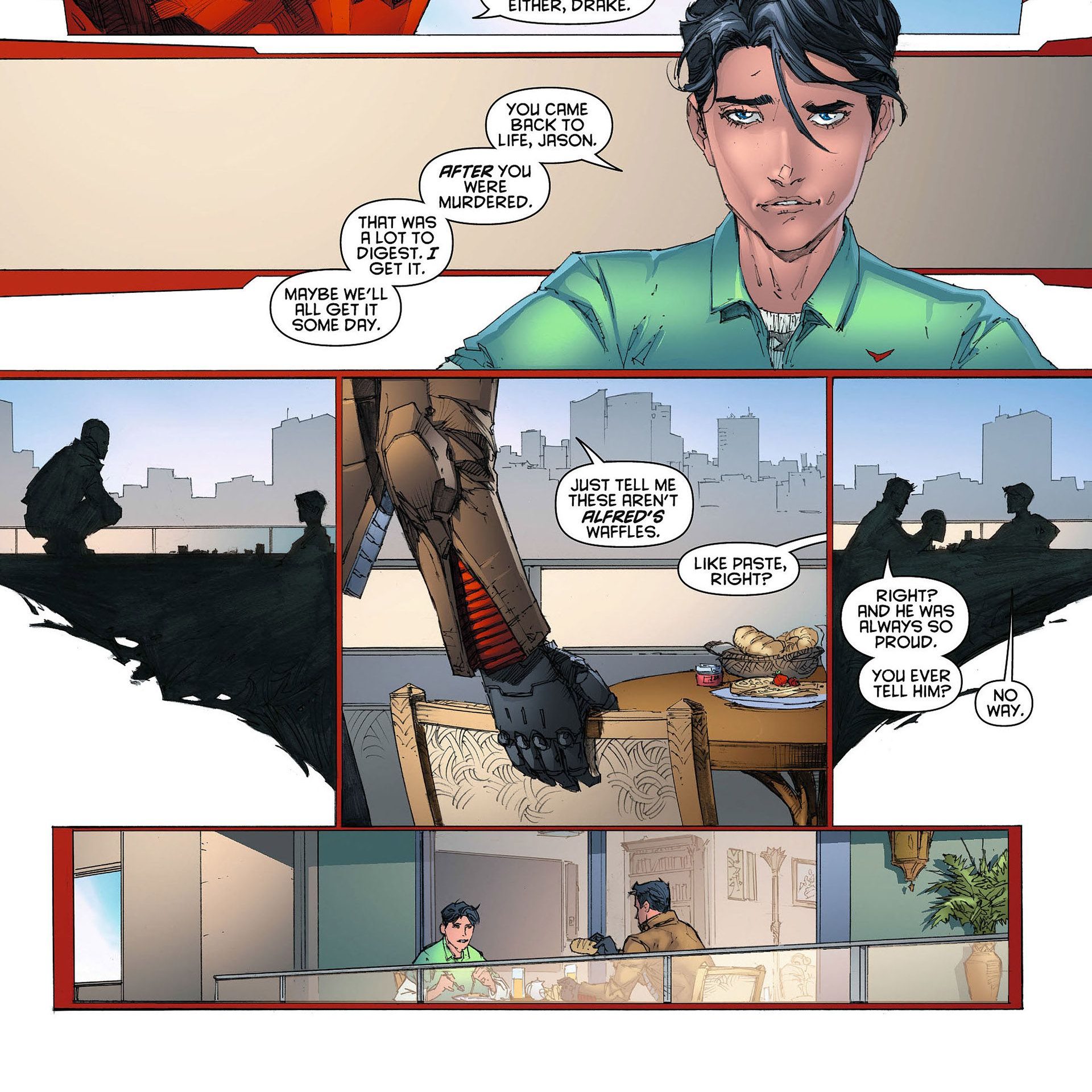
This distinction, just like his choice to eschew the bird-related branding that the heroes surrounding Batman usually adopt, makes for far more interesting stories. Jason can serve as either a goofy brother that complains about Alfred’s waffles or a potential suspect in a murder case that Damian has to hunt down. He’s a source of distrust, yet close enough to the others even to be a potential romantic interest for Batgirl.
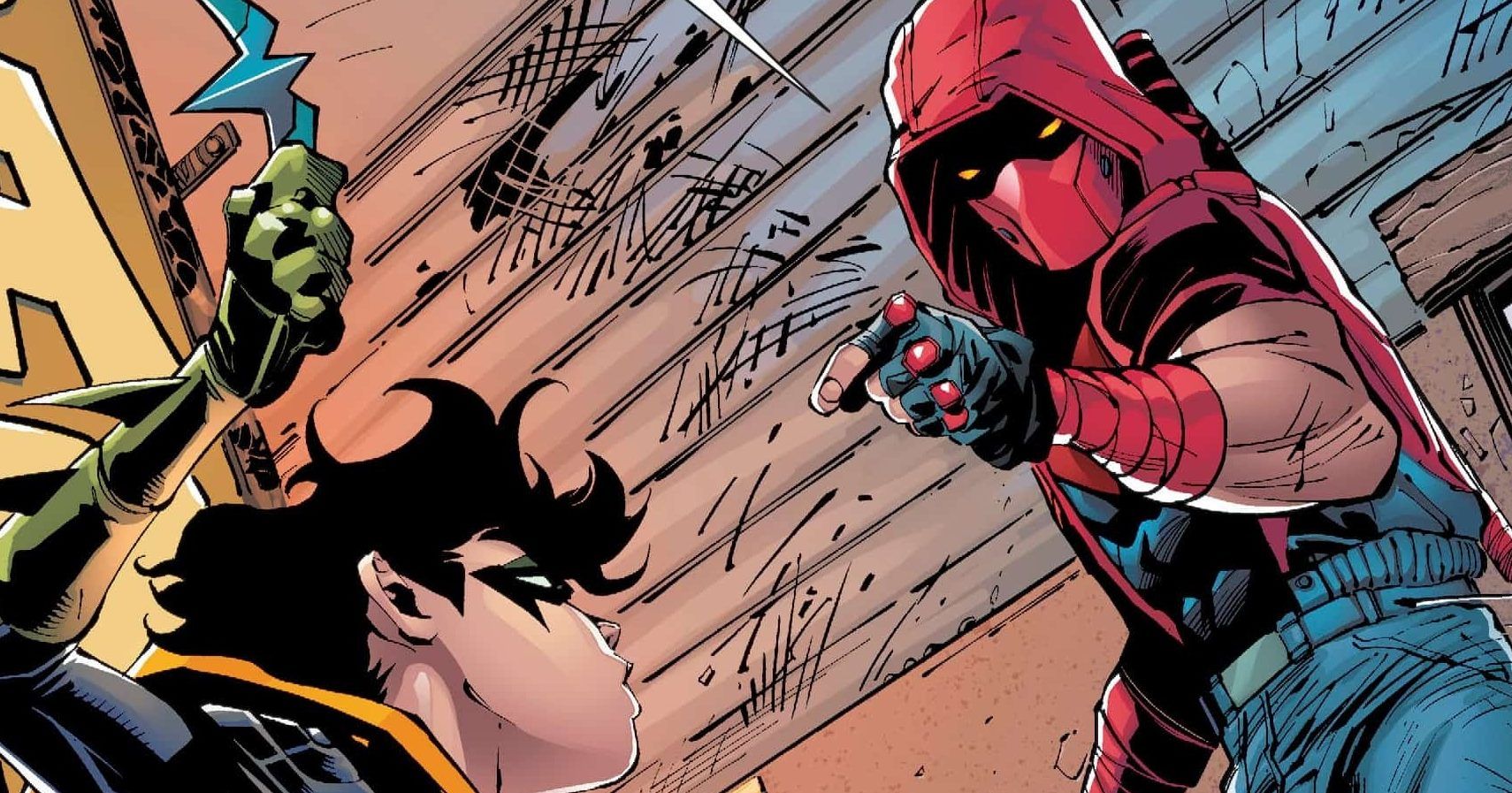
And as easily as he can act as a friend or foe to the Batman and co., he’s also a force that works well inside or outside Gotham. He has experienced Gotham’s rampant crime and poverty first-hand, making him the perfect candidate for stories that make use of this knowledge (like his takeover of the Penguin’s shady base of operations, the Iceberg Lounge). Simultaneously, Jason Todd’s borderline resentment towards the city also makes him also fit in stories outside of the city or even planet.
The Emotional Weight Of Death
Jason Todd has undoubtedly developed into a character unique and interesting enough to grab the attention of readers. I suspect that a reason many readers connect to him, though, is because he’s a character perpetually living with trauma. When death is worth nothing in comics — when it’s something that nearly every character experiences and easily brushes off — what do you get when there is meaning to it?
Comic book characters, particularly long-standing ones, are often static. It’s hard to meaningfully change them in any permanent manner for a variety of reasons. Jason Todd is most certainly one of these characters that get stuck in the cycle of receiving little overall development since his transformation into the Red Hood. His physical and emotional trauma from dying is a core characteristic for him. His entire character surrounds his trauma and the lasting effect it’s had on him, informing his ambiguous morals, his vindictiveness, and the way he interacts with other characters.
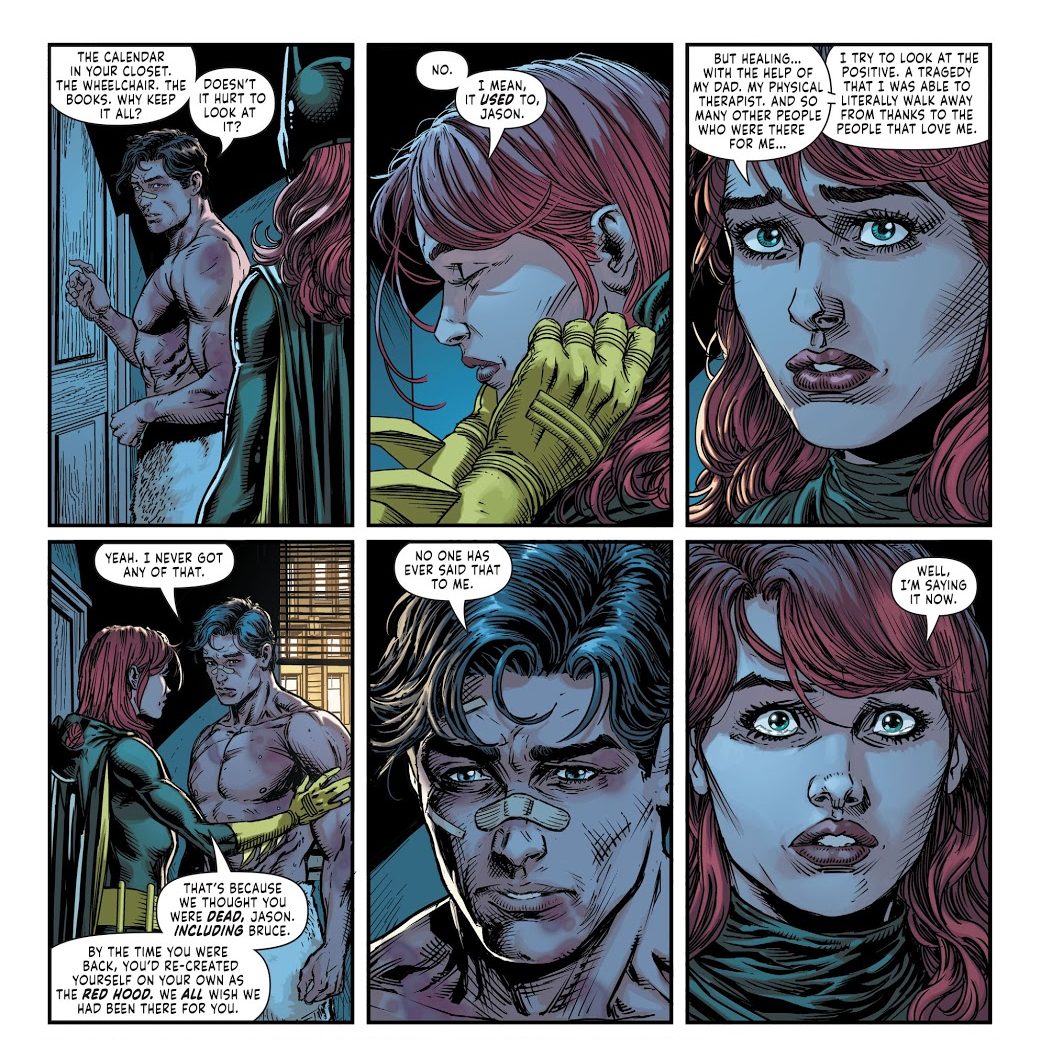
In some ways, Jason Todd’s eternal struggle with his trauma can be frustrating and tragic as the character is denied any sort of happy ending. On the other hand, though, it makes him an outlet for readers with their own unresolved trauma. Readers can see themselves in a character who hasn’t gotten the support he’s needed to heal. They can allow themselves to feel the same anger and bitterness that Jason does over his trauma, but in a much healthier matter since it’s only through fiction. Jason Todd can be a means of catharsis for anyone who’s struggled alone, who’s suffered at the hands of others, or who is trying their hardest to keep going despite all odds.
What Lies Ahead For The Red Hood?
It’s impossible to tell what the future might hold for such a character, especially since long-time Red Hood writer Scott Lobdell is no longer working on him. There are certainly many ways the character can be taken, though. Perhaps in the future, Jason Todd will finally tackle his trauma in a meaningful way, like Batman: Three Jokers seems to touch on. Or he’ll find a new team of Outlaws. Or maybe connect more with the other Bat-related characters. No matter what happens, Jason Todd will always be one of the best Robins.
